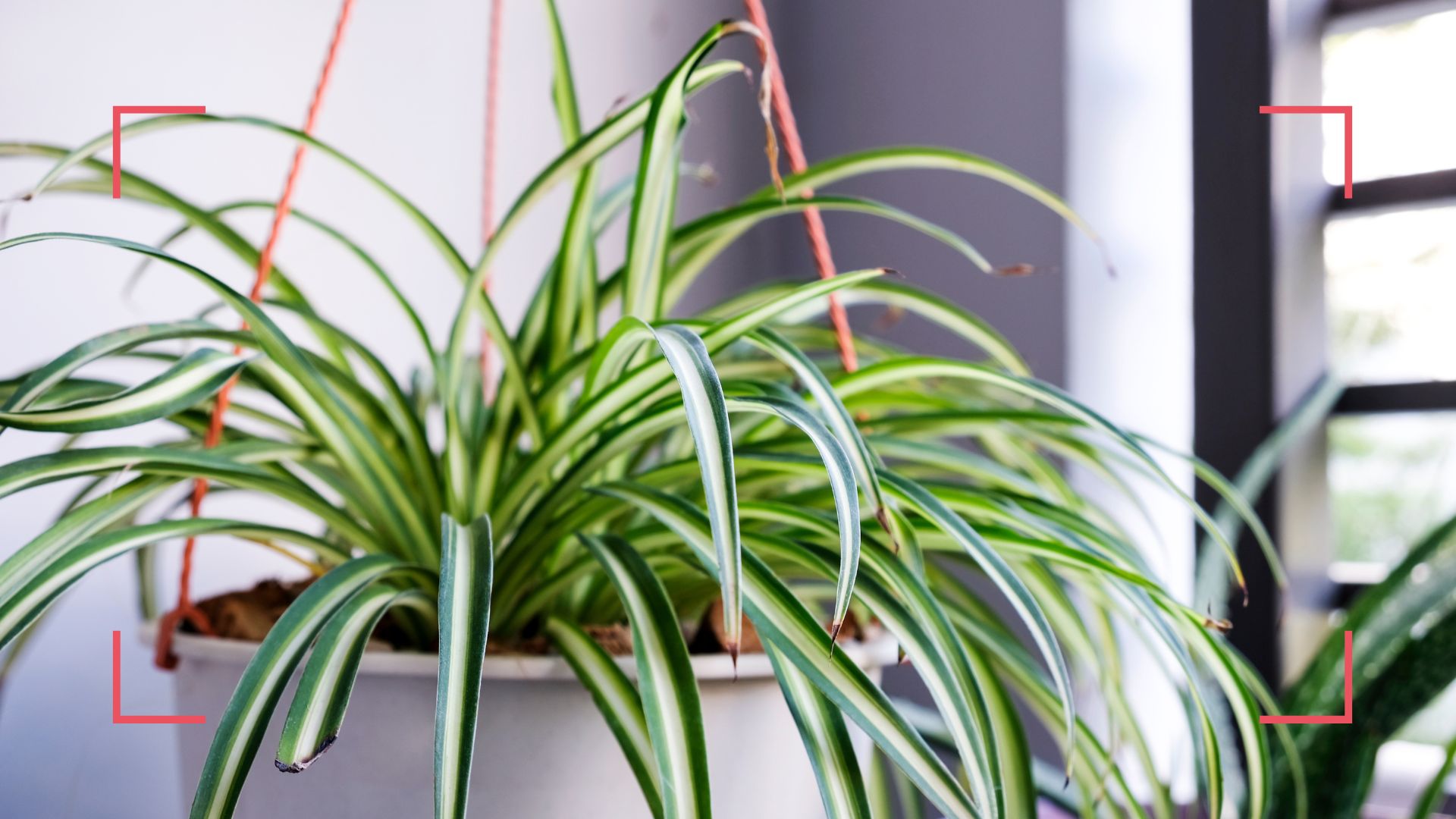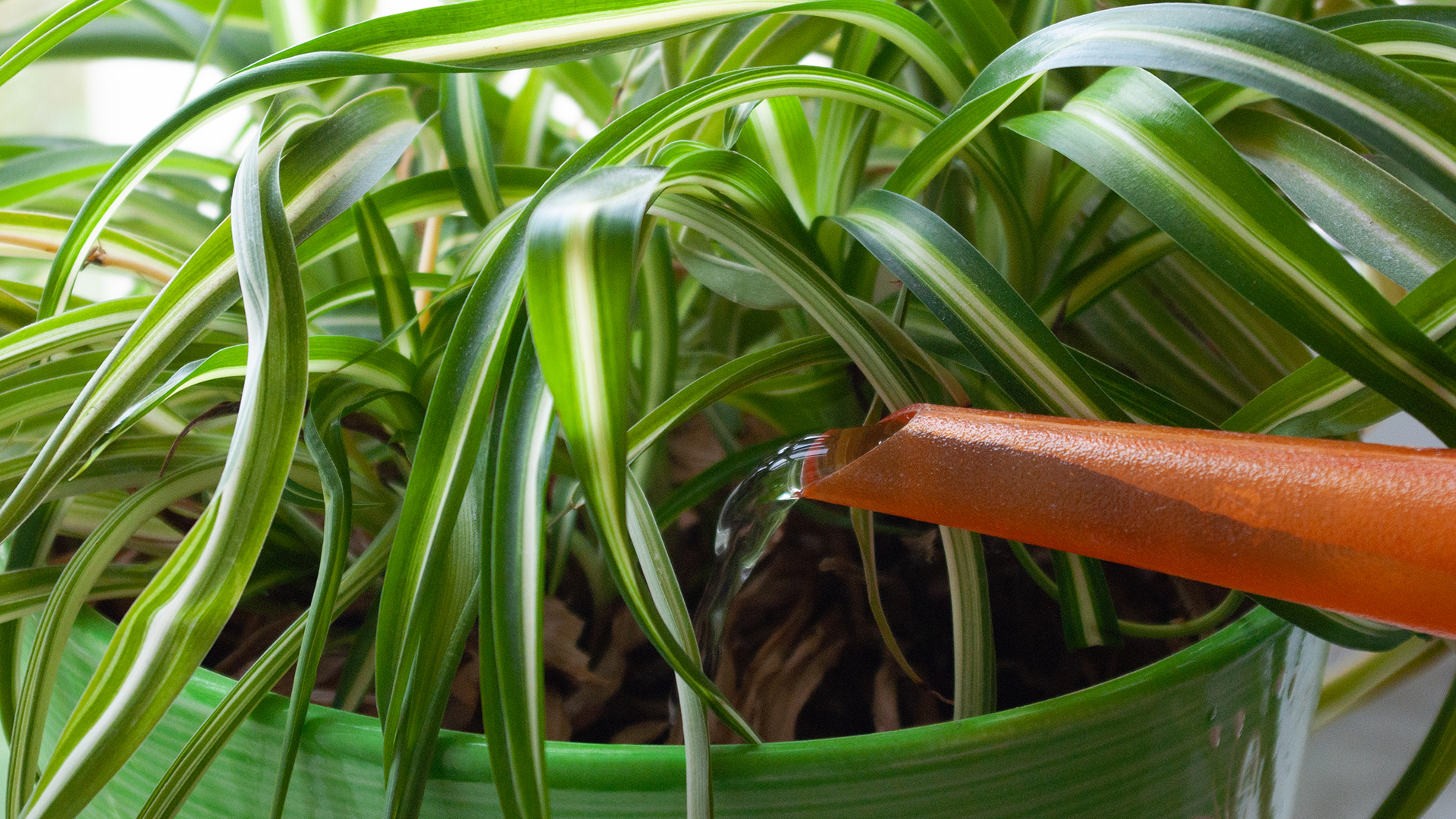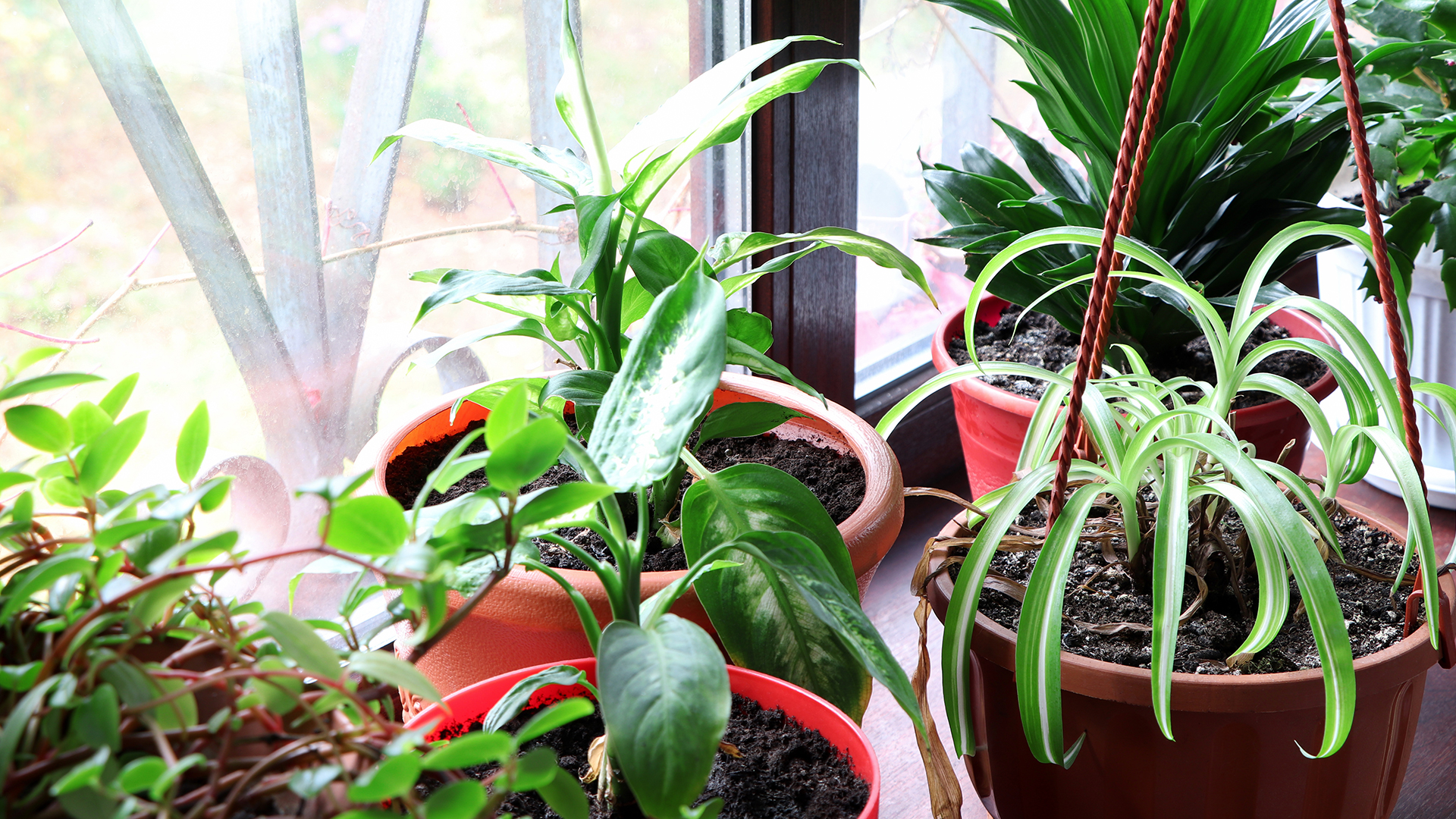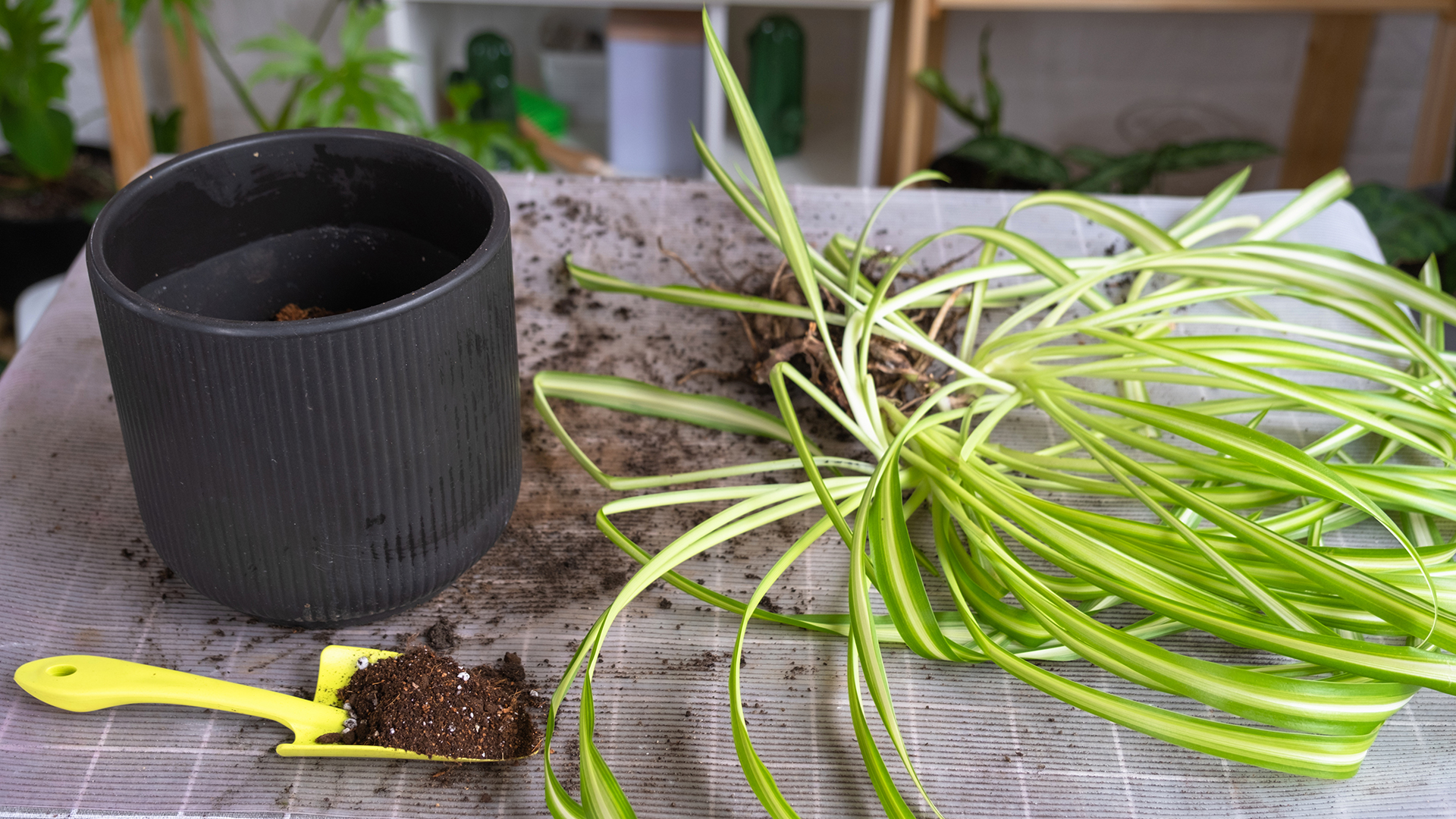Why is my spider plant turning brown? Expert reveals 3 of the most likely causes – and cures
Is your healthy houseplant suddenly looking a little off-colour?


The spiky leaves of a leggy spider plant can prove captivating in any space, but perhaps not in a good way once the leaves start turning brown.
If your striking plant has always been a symbol of health, with its long, leggy green leaves, it can be frustrating to see it turning brown. As one of the easiest houseplants to keep alive, identifying the cause is a quick way to remedy the discolouration and prevent it from happening again.
If you're doing everything by the book when caring for a spider plant and are still left asking yourself, 'Why is my spider plant turning brown?', it could be down to one of the most common houseplant mistakes, as one houseplant expert explains below.
Why is my spider plant turning brown?
Unlike caring for an orchid, spider plants are a relative walk in the park. Having said that, like when caring for any indoor plant, they are still prone to leaves turning brown.
After exploring why peace lily tips turn brown and what causes monstera tips to turn brown, I knew there could be several probable factors responsible for making a spider plant's leaves turn brown. Thankfully, asking a horticultural expert has confirmed the possible causes and cures.
1. Inconsistant watering

Knowing how often to water houseplants at this time of year can feel like a challenge. So often, we fall prey to killing houseplants with kindness by overwatering. Otherwise, being cautious to avoid that scenario, we end up underwatering instead.
“One of the main causes behind spider plants turning brown at this time of year is inconsistent watering," explains David Denyer, flower and garden expert at Eflorist.
Sign up to our free daily email for the latest royal and entertainment news, interesting opinion, expert advice on styling and beauty trends, and no-nonsense guides to the health and wellness questions you want answered.
"Some people let the plant dry out too much between waterings, not realising that warmer temperatures cause water to evaporate faster or be used more quickly, while others overwater out of caution, which can leave the roots sitting in soggy soil."

As a celebrated figure in the world of floral design, David has captivated audiences with his stunning floral arrangements and designs for years. He is a two-time Florist of the Year and six-time Chelsea Gold Medalist, and he is also the in-house plant expert for Eflorist.
- How to fix it: "The aim when watering is to keep your spider plant lightly moist without soaking it, so check the soil regularly and only water when the top inch feels dry."
2. Changeable climate conditions

Summer houseplant care is a thing because the weather can play a pivotal role in the welfare of your plants. Longer, sunnier days can result in scorched leaves if the plant is near a window.
Also, as one of the best plants to help with humidity in every room, reduced humidity levels and ice-cool air conditioning can play havoc with a spider plant's climate regulation.
“Warmer temperatures and low humidity indoors can also cause browning, particularly if your spider plant lives near a sunny window or is in the direct path of air conditioning or fans," says David.
- How to fix it: “You should also avoid leaving it in strong, direct sunlight, especially if it lives on a windowsill, and try misting it now and then if your home feels particularly dry."
3. Outgrowing the pot

“By this point in summer, most spider plants are in their peak growing phase or just coming out of it, and may have outgrown their pots," David explains. "Browning can be a sign that the roots are too cramped to absorb water evenly, or that the soil has become depleted and needs refreshing.”
It’s also worth checking whether it needs repotting to help promote a happier growing environment.
- How to fix it: What are the signs to know if your houseplant needs repotting? "If you can see roots poking through the base or the soil dries out very quickly after watering, a slightly bigger pot will definitely help." Read our guide on how to repot a houseplant to ensure the best results.
And lastly it's important to remember than a spider plant doesn't require pruning as such, but you can trim off any brown tips. "Don’t be afraid to trim off the brown tips if they bother you, just avoid cutting into the green," David warns. "Cutting the brown tips won’t harm the plant and will help tidy up its appearance.”
Through a process of elimination, you can determine which of the above is the most likely cause of discolouration. A simple soil check will determine what level of watering is the problem, and you can adjust accordingly, inspecting for signs of sun damage or root suffocation.
After determining and treating the problem, the leaves should return to their former glory, and you'll be able to prevent it from happening anymore.

Tamara is a highly experienced homes and interiors journalist with a career spanning over 22 years. Now the Lifestyle Editor of womanandhome.com, she previously spent 18 years working with the style teams at Country Homes & Interiors and Ideal Home. With these award-winning interior teams, she gained a wealth of knowledge and honed her skills and passion for styling and writing about every aspect of lifestyle and interiors.
A true homes and interiors expert, Tamara has been an ambassador for leading interior brands on multiple occasions, including appearing on Matalan’s The Show and presenting at top interior trend forecasting events such as the Autumn Fair and Spring Fair.
You must confirm your public display name before commenting
Please logout and then login again, you will then be prompted to enter your display name.